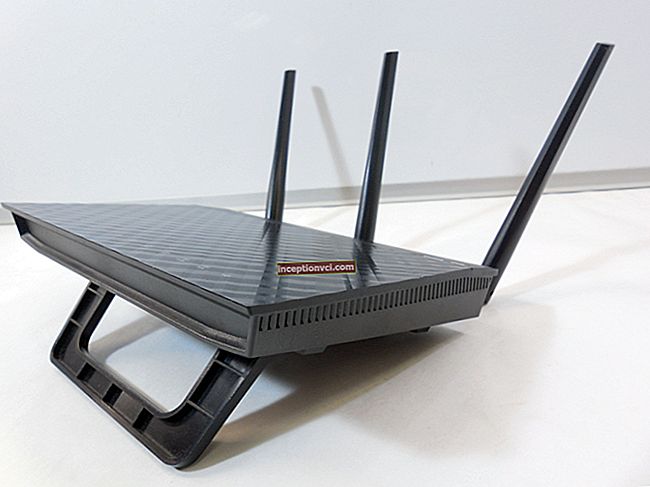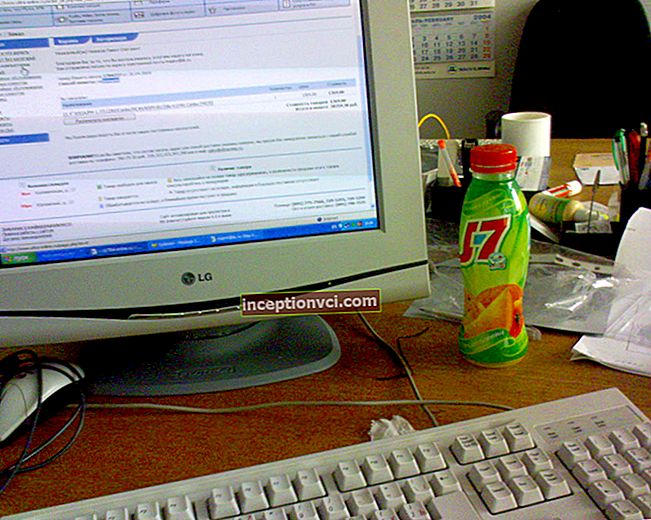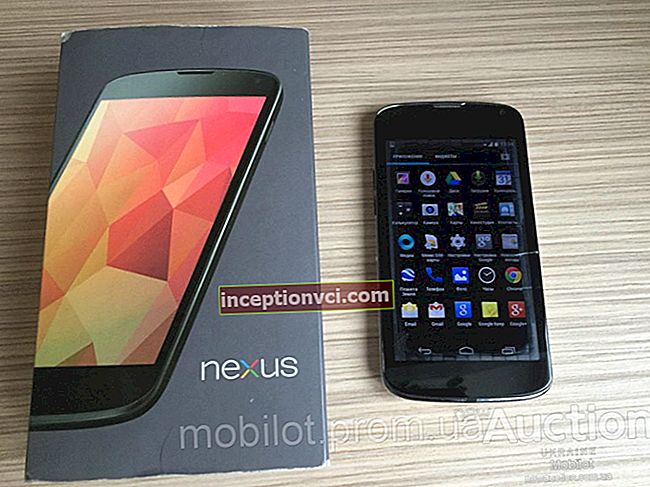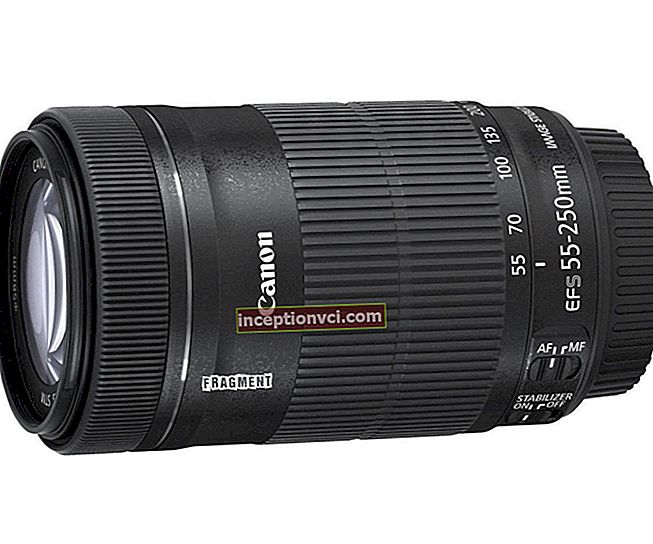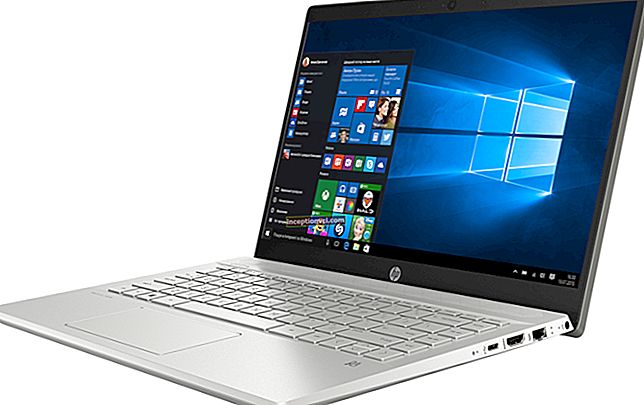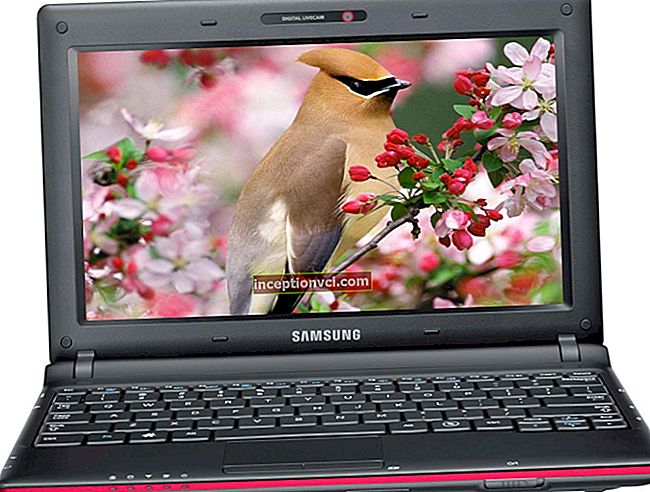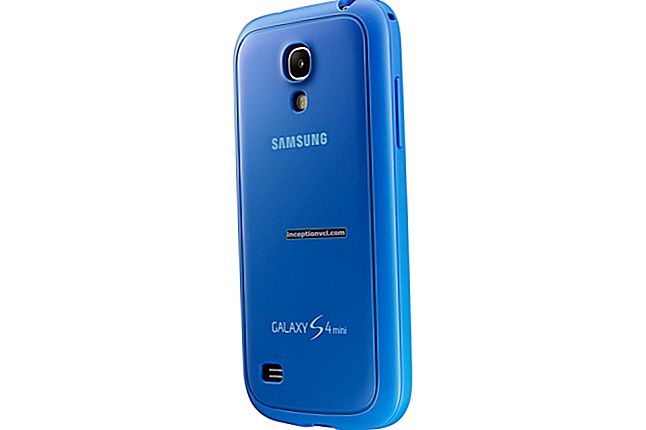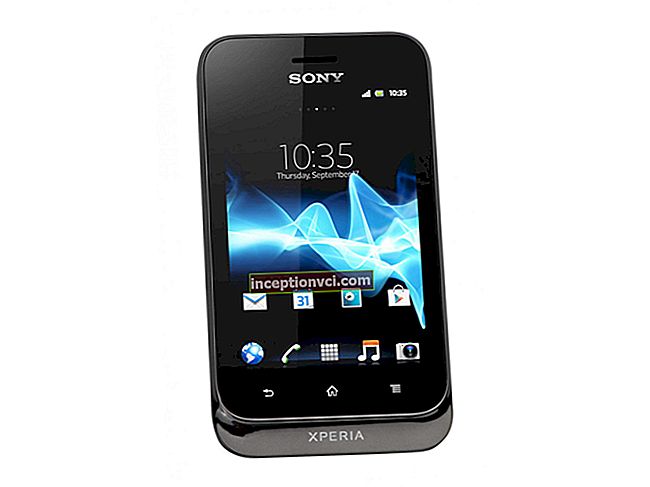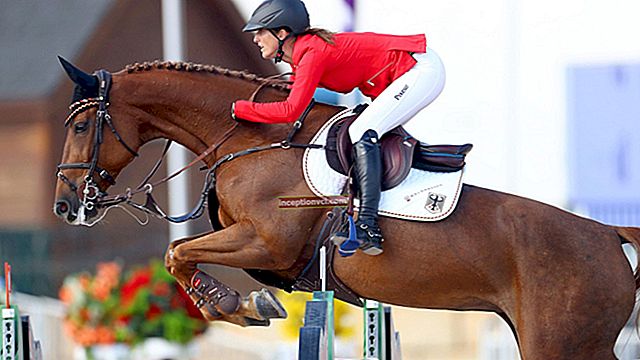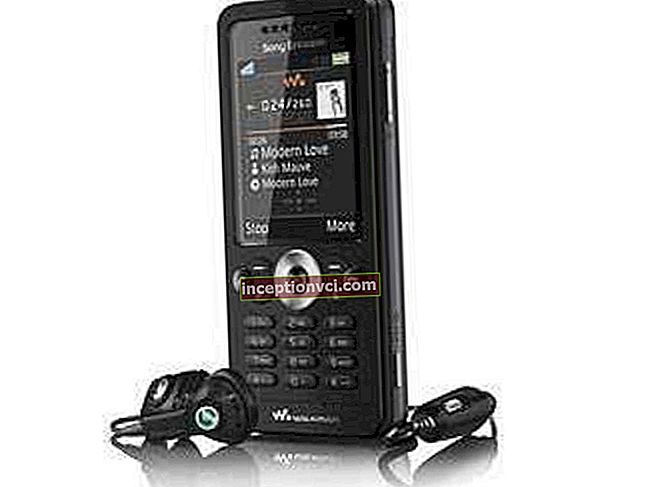Samsung is also actively developing the Galaxy Note series of tablets. After the release of the Galaxy Note 3 tablet, the 10-inch Samsung Galaxy Note 10.1 (2014 Edition) gadget went on sale. The 2014 Edition name has been tagged to distinguish it from the Galaxy Note 10.1 released last year.

Galaxy Note 10.1 released last year was a non-standard device: it lacked a high screen resolution (it was equal to 1280x800) and a more attractive design for the title of the best tablet. Despite these shortcomings, its price was quite high when compared to the top Full HD devices from other manufacturers.
But the manufacturer Samsung was in no hurry to "pull up" its tablet line in terms of parameters. He continued to bet on mid-range tablets (where Samsung launched the Galaxy Note 8.0 and Galaxy Tab 3 10.1). Samsung marketers decided to completely "jump" the resolution of 1920 × 1080, keeping it for smartphones, and to make the resolution 2560 × 1600 in tablets. Which is what the Galaxy Note 10.1 brings.

However, the manufacturer did not limit himself to just increasing the screen resolution. He has improved all stats to a very high level.
Looking at the specifications, we can say that most of the device's data are identical to the Galaxy Note 3 tablet phone (except for the screen parameters and its dimensions). In general, this is undoubtedly a top-end and very high level, which in almost all characteristics corresponds to the best tablet novelties of 2013. Comparing it with the cutting-edge novelties of Asus and Toshiba, the Samsung Galaxy Note 10.1 in question looks decent, and in some characteristics it is more powerful. But obviously its main opponent is the new iPad Air from Apple. For clarity, you can see the characteristics of all these tablets - competitors in the table.

# * - this information from the manufacturer.
In several ways, the Samsung tablet outperforms the iPad Air. But, in terms of weight and thickness, the new product from Apple is much better than its competitors, including the Galaxy Note 10.1. True, before the iPad Air advertisements, the Galaxy Note 10.1 had every chance of claiming the first place among tablets.
Device complete set
In addition to the device itself, the package includes a stylus, charger and microUSB cable. The manufacturer ditched the connector it used last year and switched to MicroUSB.

Let's pay attention to the stylus. It is very similar to last year's version, but thinner (this reduces its similarity to pens and pencils) and with more rounded edges (practically, there are no edges as such, and the first Galaxy Note 10.1 stylus had a four-sided shape). The body of the stylus itself is made of durable plastic. Also, there is a ribbed button on it, it blocks the operation of the stylus (by holding down the button, you will try to click with the stylus on the screen or write with it - and the action will not happen).

It should be noted that the tablet has a special sensor in the stylus connector. It responds to the removal of the stylus or, conversely, placing it in the tablet connector.
Device design
Consider the design of a tablet. The manufacturer has perfectly developed the appearance of the tablet, while retaining the elements already familiar to us. So, the gadget has become thinner and sleeker in appearance.

Under the screen, on the bottom frame, there is a branded oblong Home button, next to it there are two touch buttons - “Menu and Back.” Samsung's inscription has moved to the upper frame. There is also a front camera and a light sensor. Speakers are on the side edges, and therefore the tablet has become more compact.

Changes have also taken place on the back of the device. Its surface has become stylized as leather, and not smooth, as it was.

In the photographs, such an idea looks very natural and the effect is formed, as if there was really skin. But, this is plastic, and even the "sewing line" is just an imitation. Judging rightly, the Samsung Galaxy Note 10.1 looks an order of magnitude better than its predecessor, and all other Samsung tablets.Firstly, this is the merit of the pseudo-metallic (in fact, plastic) edging and secondly, the rather small thickness.

On the left side of the tablet there is one speaker and a 3.5 mm MiniJack for headphones, and on the right side there is a connector that houses the S Pen stylus, a second speaker and a slot for a microSD memory card, which is closed with a special cover.

On the bottom there is a built-in microphone and a MicroUSB hole, through which the device is charged and connected to a computer.

Above are the power button, volume rocker and infrared port, with which the gadget can be used as a universal remote control.
Screen
The tablet screen is made in the form of a glass plate with a mirrored surface. It is scratch resistant. In addition, there is also an effective anti-glare screen filter. The filter to reduce the brightness of the reflection is equal to the Google Nexus 7 screen filter.
In the photos below, you can see that a white surface is reflected in the turned off screens of these devices.

At first glance, as it might seem, the reflection has the same brightness, but the statistics of the graphics editor show that the screen of the Google Nexus 7 is slightly darker. Its average brightness is 86, while Samsung's is 84. You can add that Samsung's screen in the off state looks dimmer than the Google Nexus 7 screen, but this is only visually. At Samsung, the matrix reflects a little more side light, because the surface under the glass is less flat.
There is no air gap between the layers of the screen. This shows that there is very little ghosting on the tablet screen. The outer surface of the display has a special grease-repellent coating. Thanks to him, fingerprints are much easier to remove. Traces appear at a slower rate than in the case of plain glass.
Samsung Galaxy uses an IPS matrix.
The screen has excellent viewing angles, without tint inversion, and without color distortion, even at maximum gaze deviations from the screen. Let's compare the screens of the Google Nexus 7 and Samsung Galaxy, which show the same photo, and the photo was taken at an angle of approximately 45 degrees to the plane of the screen. First, let's imagine just a white box on the screen:

As you can see, the color tone has not changed much, the brightness at an angle for these tablets has decreased equally (based on the difference in exposure, about five times). Now let's pay attention to the color picture:

It can be seen that the colors of both tablets did not "float", but the black color of Samsung is much more overexposed. Indeed, the black field, when deviated along the diagonal, becomes lighter, but with a red-violet tint, or it remains neutral-gray. For comparison, the picture from the Google Nexus 7 displays this (while the brightness of these tablets is equal):

Platform and device performance
The new tablet Samsung Galaxy Note 10.1, however, like the Galaxy Note 3, is produced for sale in two versions -
an eight-core SoC Exynos 5 Octa and a quad-core SoC Qualcomm Snapdragon 800. The first is designed for tablets without LTE, and the second is designed for tablets with LTE.
So, let's move on from the theoretical part to the practical one. Let's see what results will show in the Exynos 5 Octa (5420) benchmarks. After that, let's compare the performance with the Toshiba Excite Write tablet, which works on the basis of NVIDIA Tegra 4, because it has the same diagonal and screen resolution.
Let's start testing with browser tests: SunSpider 1.0, Octane Benchmark and Kraken Benchmark. Almost all variants use the Google Chrome browser, in addition to the iPad, which uses the Safari browser.

As you can see, the Samsung Galaxy Note 10.1 tablet is inferior by a small margin to Toshiba Excite Write, but leaving the rest of the competitors far behind. creation of slideshows, scrolling of Internet pages). Hence, its performance shows how smoothly the tablet performs in everyday operations.

Based on these results, we see that the Samsung Galaxy Note 10.1 has seriously bypassed the LG G2, based on the Qualcomm Snapdragon 800 SoC.
Let's move on to complex Android benchmarks: Quadrant Advanced Edition and AnTuTu Benchmark.

According to the results, Samsung Galaxy Note 10.1 is again in the lead, but with a significant advantage.

The result was very good. However, it must be remembered that the leadership of the Samsung tablet is most likely due to the large amount of RAM than all competitors.
Operating system interface and device applications
The device in question runs on Google Android 4.3. I would like to note that the operating system on the new Galaxy Note 10.1 looks completely different compared to last year's shell, which was installed on the first Galaxy Note 10.1. For clarity, let's see the screenshots: the first one is Android 4.2 on Toshiba Excite Write, it differs at a minimum from the original Android. The second is Android with the TouchWiz shell on the first Samsung Galaxy Note 10.1. The third screenshot is on the new Galaxy Note 10.1.



The interface of the Samsung Galaxy Note 10.1 2014 Edition can be said to be minimalistic, although it seems saturated. Those who used the previous Galaxy Note 10.1 may wonder - where are the gadgets? Previously, in the previous version of the device, they could be enabled by clicking on the arrow on the bottom panel. Now, the developers have decided to make the launch of gadgets differently. In the new version of Samsung Galaxy Note 10.1 2014, they can be launched from the additional menu, which will open as soon as you pull the stylus out of the slot. Then select the "Open in window" item and draw a rectangle on the screen with the stylus. The Select Application menu appears.

There are actually few widgets - a browser, contacts and a phone, a calculator, an alarm clock, ChatON and Google Hangouts). But, applications can always come in handy. For example, the calculator function is very useful, which can be opened over a spreadsheet or doc file.

The only question is, can the user figure out where the gadgets are? In this regard, the operating system Samsung Galaxy Note 10.1 2014 Edition is far from the intuitiveness that iOS is famous for. But, its possibilities have become wider. So, there is such a unique opportunity as a two-window mode. With it, you can open two applications at the same time, at your discretion, dividing the screen space between them.

The two-window mode was also in the previous Galaxy Note 10.1, again, in the new version of the tablet, the implementation is very different. In the screenshot you can see S Note (left) and Gallery (right) open in this mode. Now, that is, in the new version, this is done differently. It is necessary to hold down the "back" button, and an arrow will appear on the left of the screen, clicking on which, we will see a panel with applications that support dual-window mode.

Let's pay attention to one more feature of the tablet. This is the delimitation of the Settings section into several tabs.
So, the Settings heading includes Connections, Device, Management and General. However, this separation does not make it easier to navigate through the settings.

Still, the main feature of this device is working with a pen. The first Galaxy Note 10.1 did not have it flawless, and the new Galaxy Note 10.1 leaves a pleasant experience.
The main pen application is S Note. Its interface has changed again, but it's easy to figure it out. The main features of the application are the definition of text, shapes and formulas.

The device works seamlessly with third-party applications for artists and designers - for example, Sketchbook Pro. The tablet also supports pressure levels. For example, if you press the stylus lightly, the line is thin, the harder you press the stylus, the thicker and denser the line will be.
Autonomous operation and device ergonomics
Battery life has been the weak link in powerful high-resolution tablets.
In the reading mode the device showed itself from the best side. He lasted a little over fifteen hours.

When playing a video from the YouTube resource, the device worked for almost 10 hours.
Camera device
The tablet, as it should be for devices of this class, has two cameras - front and rear. The front camera has a resolution of 2 megapixels. Rear camera - 8 megapixels.

The camera is not the strongest point of this tablet. It seems that they "saved" on it by installing a weak module.
The manufacturer has installed 8-megapixel modules, but they resemble the camera of cheap smartphones. Thus, the rear camera should not be placed on high hopes. It can come in handy when you need to shoot a general shot, without much detail.
The camcorder shoots in Full HD.
Let's summarize
Samsung Galaxy Note 10.1 2014 Edition is the leader, one of the best tablets on the market. Of course, it has weaknesses - an unusual interface for use, where interesting possibilities are hidden deep, a weak rear camera. But the tablet is impressive in its performance. Its main trump card is the Android operating system, and of course, the work with the stylus, in which it has no competitors.
